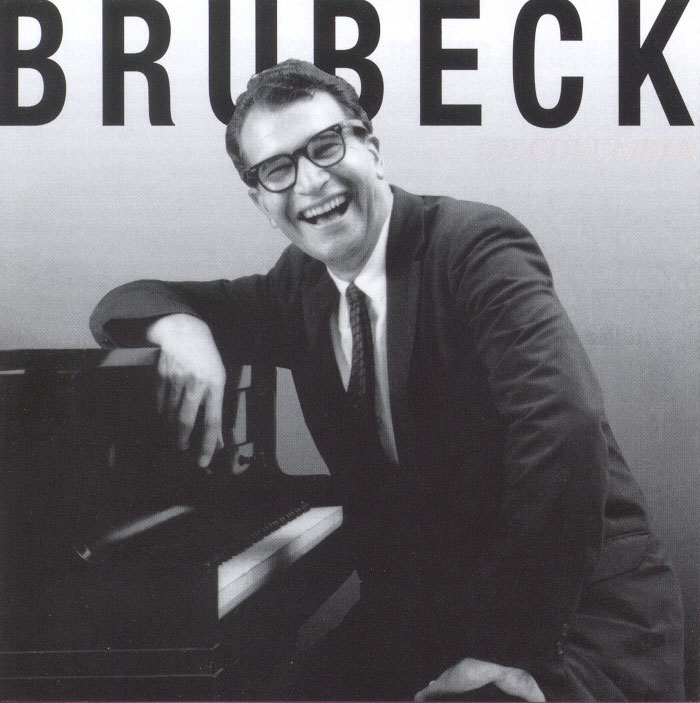
Max Kozloff, Influential Art Critic and Photographer, Dies at Age 91

Remembering Max Kozloff: The Visionary Art Critic and Photographer Who Redefined the Field
Art critic, educator, and photographer Max Kozloff, a towering figure in contemporary art discourse, passed away on Sunday, April 6, at the age of 91. Known for his trailblazing critiques and vibrant photography, Kozloff leaves behind a profound intellectual and artistic legacy that reverberates through academic institutions, gallery halls, and the pages of art journals.
Early Life and Education: A Foundation in Art
Born on the summer solstice in 1933 in Chicago, Kozloff was the youngest of four brothers in a Jewish family of Eastern European descent. His father, a Ukrainian immigrant, fueled his passion for art by regularly taking him to the Art Institute of Chicago. The museum became a formative space for young Kozloff, who later recalled it as a “sanctuary of inspirations.” By age 16, he had enrolled at the University of Chicago, earning a bachelor’s degree in art history in 1953. While there, he began his journey into art criticism.
After brief military service, Kozloff continued his studies in art history, earning a master’s degree from the University of Chicago in 1958. He later pursued graduate studies at New York University’s Institute of Fine Arts, where he eventually turned his focus toward writing and teaching rather than completing a doctorate.
Pioneering Art Criticism: Artforum and Beyond
Kozloff’s impact on art criticism began to crystallize during the 1960s. His tenure as an art columnist at The Nation and as a contributing and later executive editor at Artforum magazine helped define a critical movement grounded in political awareness and historical inquiry.
Perhaps his most influential essay, “American Painting During the Cold War” (1973), challenged prevailing narratives by arguing that Abstract Expressionism was not merely an aesthetic movement but also a vehicle for American cultural dominance during the Cold War. The essay positioned Kozloff as one of the first art critics to fuse critical theory, history, and politics to interpret art practices.
His efforts to reduce commercial influence and foster independence in arts journalism were both lauded and controversial, ultimately leading to a departure from Artforum in 1977 following editorial disagreements.
The Turn to Photography
In the 1970s, Kozloff shifted focus to photography—a transition he described as an emotional and intellectual response to the medium’s immediacy, credibility, and potency as a form of social communication. His writings, including the landmark essay collection Photography and Fascination (1979), contributed to the legitimization of photography as an academic and critical subject during a time when it was still marginalized in formal art discourse.
His deep engagement with the medium went beyond theory. Kozloff himself became an accomplished photographer, producing work celebrated for its vivid use of color and intimate portrayal of human subjects. As his wife and fellow artist Joyce Kozloff noted, “He never made a black-and-white photograph in his life.” Kozloff’s photos often centered on people—capturing life, movement, character, and joy with breathtaking clarity.
Academic Contributions and Teaching
Kozloff’s legacy also lives on through his decades-long academic career. In 1989, he joined the School of Visual Arts (SVA) in Manhattan, where he played a vital role in developing its master’s program in photography and related media. His students and colleagues remember him as a passionate educator who encouraged rigorous thought and ethical engagement with the arts.
A Lifelong Partnership and Personal Life
In 1967, Kozloff married Joyce Blumberg, a rising feminist and political artist from Washington, D.C. The couple shared a deep intellectual and emotional bond, and together they formed a lasting partnership in both life and art that endured for 58 years. They had one child, Nikolas, born in 1969.
Kozloff’s photographs often depicted the people in his life, including friends, artists, and writers, emphasizing his enduring interest in the personal aspects of visual culture. One of his final acclaimed exhibitions, “The Music of Faces” (2015, Steven Kasher Gallery), featured soulful portraits of his close companions.
Legacy and Influence
Over the course of his career, Max Kozloff authored more than a dozen books, including collections of essays, theoretical explorations, and photography portfolios such as New York Over the Top (2013). His photographs were showcased in numerous exhibitions, such as those at the Art Institute of Chicago and other leading venues.
He was a critic who brought meaning to color, shape, politics, and history in a way few others managed. As Charles Traub, chair of SVA’s graduate photography program, observed, “Color was delight for him…He saw meaning in the color as a description of our human experience.”
Final Reflections
Max Kozloff’s career defied easy categorization—he was